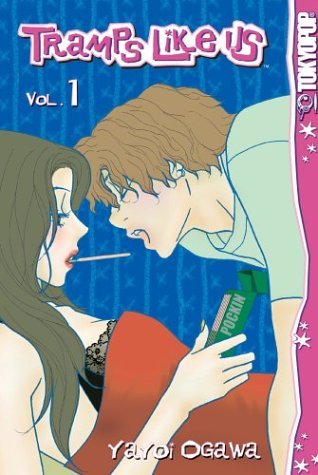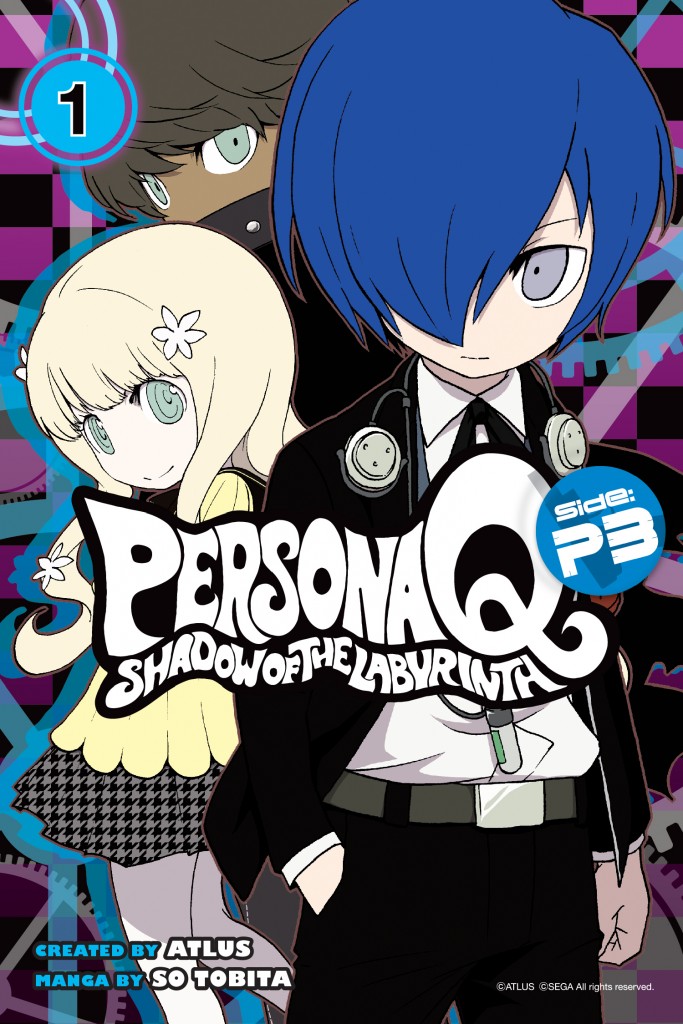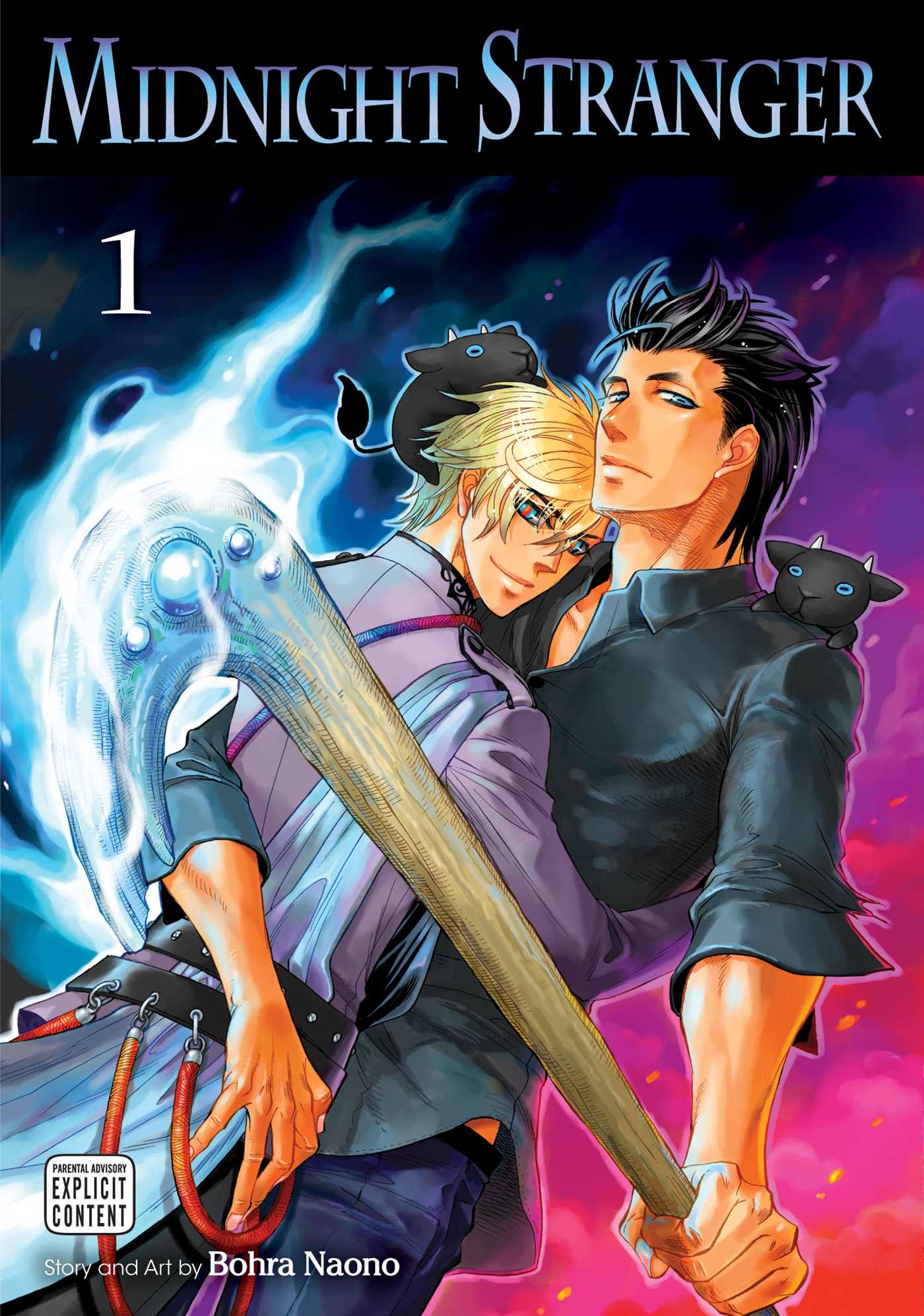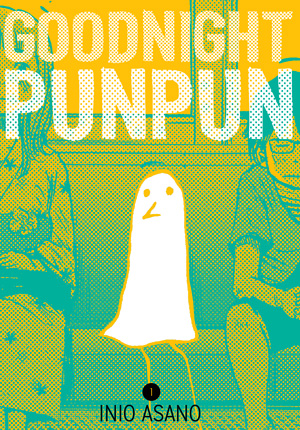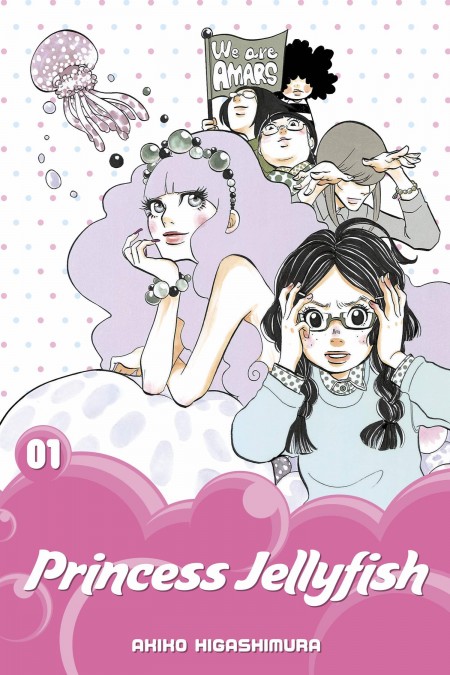My News and Reviews As I recently mentioned, for a while here I'll be down to one review a week or so at Experiments in Manga. And so, last week's review was of The Inugami Clan by Seishi Yokomizo, …
Continue Reading about My Week in Manga: April 18-April 24, 2016 →
